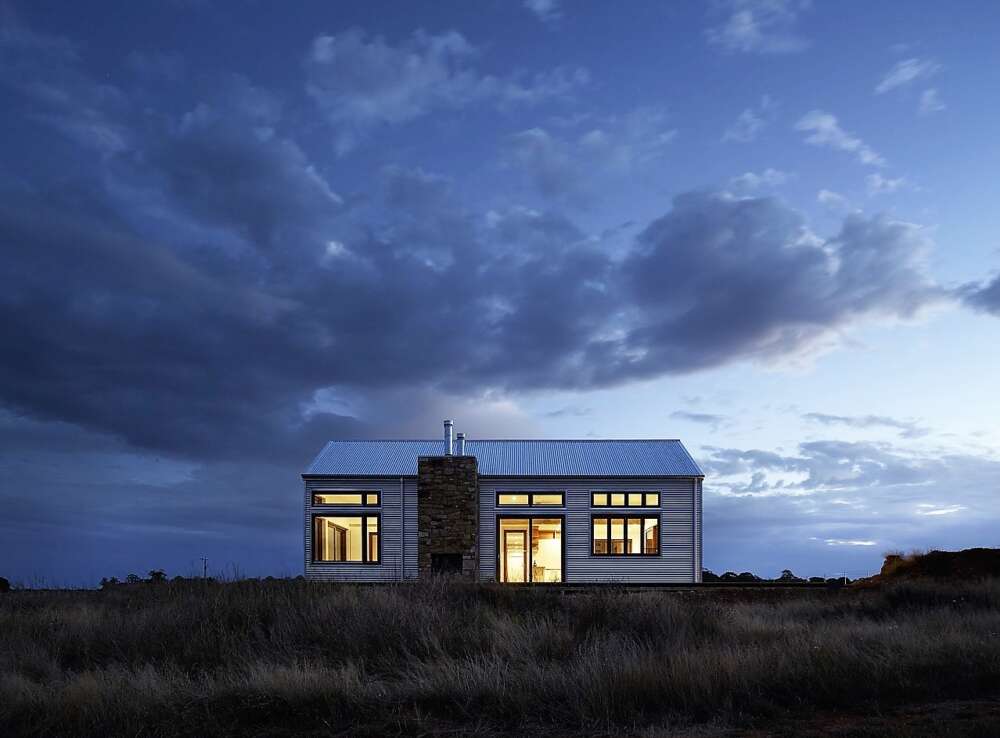 This article is republished from The Conversation under a Creative Commons licence. Read the original article.
This article is republished from The Conversation under a Creative Commons licence. Read the original article.
It’s starting to sound trite, but COVID-19 has radically changed the way many people live and work. Six months into this pandemic, these changes are producing interesting conversations about the potential of an urban exodus to suburban, small-town and rural places, driven by changing perceptions and priorities.
There’s some disagreement about whether these shifts are actually happening, or if the pandemic has simply accelerated relocation decisions that were already in motion. Either way, these shifts may end up redrawing the map of where Canadians live, producing complex social, economic and political implications for both rural and urban communities alike.
Rural escape
Earlier this spring, I wrote about the tensions that developed in cottage country as we navigated the balance between individual actions and community impacts. As the pandemic continues, record sales are driving real estate demand in cottage country, shifting the nature of the conversation.
The comparative affordability and space offered by rural and small-town communities continues to be attractive. Some people are deciding to make full-time homes out of their seasonal properties, while others are looking at their options outside the city, now that working from home — or anywhere — feels more permanent.
The challenges wrapped up in escaping to the countryside, and who has access to such an escape, pre-date the pandemic. Examples include the ongoing challenges of negotiating water rights between First Nations and settlers and the pressures of suburbanization and farmland loss that are pushing Mennonite farmers to different regions of the country.
COVID-19 has brought new waves of “disaster gentrification,” raising some considerations for contemporary approaches to rural development and rural-urban dynamics.
Resource-full cities

The decision to head for the hills is complicated and not entirely rational. Density and disease are not necessarily correlated and rurality and safety are not synonymous. Urban centres are often better equipped to respond to crises due to decades of policy decisions that have concentrated resources in cities.
Leaving the city requires people to replace urban resources with individual reserves: a guaranteed salary, the ability to work from home and the social and economic capital to support relocation.
And while many rural communities have undertaken significant steps to ensure they are welcoming to newcomers, issues with racism and xenophobia still exist. Changing these narratives is not a new challenge for rural leaders, and, like many other communities, rural Canada has work to do in addressing systemic and structural racism.
Increasing vulnerabilities
Urban sociologist Junia Howell has noted that “crisis doesn’t just reveal inequality, it makes it worse.” While environmental and economic disasters are different than a pandemic, they share the same quality of worsening outcomes for vulnerable communities.
Decision-makers and advocates can sometimes glorify human resilience, rather than addressing the processes that require people to build resilience in the first place. Tracie Washington of the Louisiana Justice Institute has thoroughly critiqued this phenomenon in New Orleans as the region cycles through disaster events and recovery initiatives.
COVID-19 has encouraged me to rethink the way I frame my work to be more critical of why ideas of rural resiliency can feel so appealing. In this way, as American author Rebecca Solnit has observed, “gentrification is just the fin above the water.” We should look carefully at what lurks beneath before we become overly enthusiastic about pandemic-driven interest in relocating to rural communities.
Rural pull, urban push
The key question becomes: who is this for?
We tend to focus primarily on cities in discussions about the complex nature of urban-rural migration. Everywhere else is peripheral. This tells us a lot about the position and perspectives of the people shaping decisions about rural futures: whether you are at the centre of the story or on its edges depends entirely on who is narrating.
A recent project by a Toronto couple has mapped data about communities within 90 minutes of Toronto, highlighting the social and spatial factors that may play a role in people’s decisions to relocate away from the city. It’s an interesting project, but one that still positions Toronto as the sun in a provincial galaxy that rotates around it.
It also reveals that people still choose to move to communities with the infrastructure and amenities that support their lifestyle aspirations and that allow them relatively easy proximity to their current urban networks. This makes more remote rural communities or those with less robust social and physical infrastructure (particularly broadband) unlikely to benefit.
Investing purposefully
Rural communities deserve our commitment and investment in their futures. However, there is a distinct difference in the way people devote their time, resources and care to a community depending on how invested they are in its future.
Rural Canada is home to more than 18 per cent of the national population and it plays a critical role in the national economy, contributing approximately 23 per cent of the national gross domestic product. Rural Canada also faces significant challenges in terms of investments in critical infrastructure (like broadband), demographic change, greater distance to markets and decision-making centres and the outsize influence of particular economic sectors.
If more people want to call rural Canada home, it could go a long way towards addressing these challenges, but only if this shift is matched by policies and investments that support these transitions. However, most celebrated models of successful rural development are urbanization in disguise.
Rural communities need adaptive, place-based investments that ensure they are not just attractive to potential new residents, but healthy and supportive communities for the people already living there and future generations still to come. Shifting our priorities to purposeful investments in supporting vibrant, inclusive, prosperous and uniquely rural communities will make all of our futures brighter, no matter which dot on the map we call home.
S. Ashleigh Weeden, PhD candidate, School of Environmental Design & Rural Development